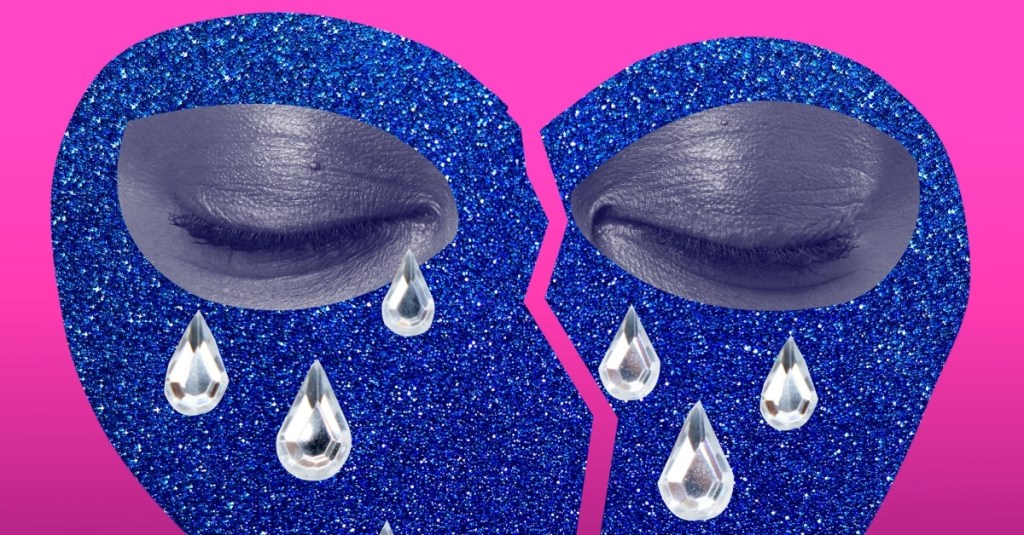Today, it seems everyone is a narcissist—at least according to social media. Someone cheated on you? Narcissist. They dumped you on a whim? Narcissist. They didn’t call you when they said they would? Narcissist.
If that many people were narcissists, the world would be a terrifying place. (I mean, it already is, but for different reasons.) In fact, only around 1% to 2% of the U.S. population actually suffers from narcissistic personality disorder (NPD).
Videos by VICE
Usually, these proclaimed “narcissists” are really just selfish assholes.
What is narcissism?
Narcissism refers to a personality trait rather than an actual disorder. However, many people confuse the two or label people as “narcissists” for having one or two traits of the disorder.
According to the Mayo Clinic, “Narcissistic personality disorder is a mental health condition in which people have an unreasonably high sense of their own importance. They need and seek too much attention and want people to admire them … But behind this mask of extreme confidence, they are not sure of their self-worth and are easily upset by the slightest criticism.”
Mayo Clinic added that people with narcissistic personality disorder often lack empathy or care for others. Of course, this makes it extremely difficult for them to maintain healthy relationships with others.
Keep in mind that a person can exhibit narcissistic traits without actually being a narcissistic person or having NPD.
Types of narcissism
There are various types of narcissism, each with its own concerning characteristics. Three of the more prevalent forms include overt, covert, and antagonistic narcissism.
Grandiose (overt) narcissism describes a narcissistic person who has an inflated ego and sense of self-importance. Basically, they think everyone should adore them and shower them with attention.
On the other hand, vulnerable (covert) narcissists can present as shy and insecure, hiding their narcissistic traits behind a humble and sensitive facade. However, they usually can be manipulative, play victim by blaming others, and require a ton of reassurance.
Then we have antagonistic narcissism, which is basically exactly how it sounds. These individuals often purposefully antagonize their victims, act aggressively, and lack empathy.
What makes someone a narcissist?
A recent meta-analysis published in the journal Personality and Individual Differences found a connection between narcissism and attachment styles—namely, insecure attachment styles.
Megan Willis, Associate Professor, School of Behavioural and Health Sciences, Australian Catholic University, and co-author on the study, shared her findings in her article in The Conversation.
“In our meta-analysis, we combined the results of 33 previous studies comprising more than 10,000 participants to examine how narcissism relates to each of the four adult attachment styles. Overall, narcissism was linked to each of the three insecure attachment styles.”
“But when we looked at the two types of narcissism separately, an interesting pattern emerged,” Willis continued. “Vulnerable narcissism was consistently linked to insecure attachment styles—with associations of moderate strength for preoccupied and fearful attachment styles. In contrast, grandiose narcissism showed no such link.”
Now, we often demonize narcissists for their outlandish and harmful behavior. However, it’s clear their personality traits didn’t come from nowhere. In fact, it likely is rooted in a ton of pain.
“For some, vulnerable narcissism may emerge as a defensive coping strategy that arises when early attachments were marked by inconsistency, neglect, or abuse.”
So, what would the treatment be for vulnerable narcissism? Willis recommended attachment-focused therapies like schema therapy and emotionally focused therapy. However, of course, positive parenting and a childhood filled with love and support can help prevent these issues from developing in the first place.
More
From VICE
-

De'Longhi Dedica Duo – Credit: De'Longhi -

We Are/Getty Images -

Photo by tang90246 via Getty Images -

Credit: SimpleImages via Getty Images
